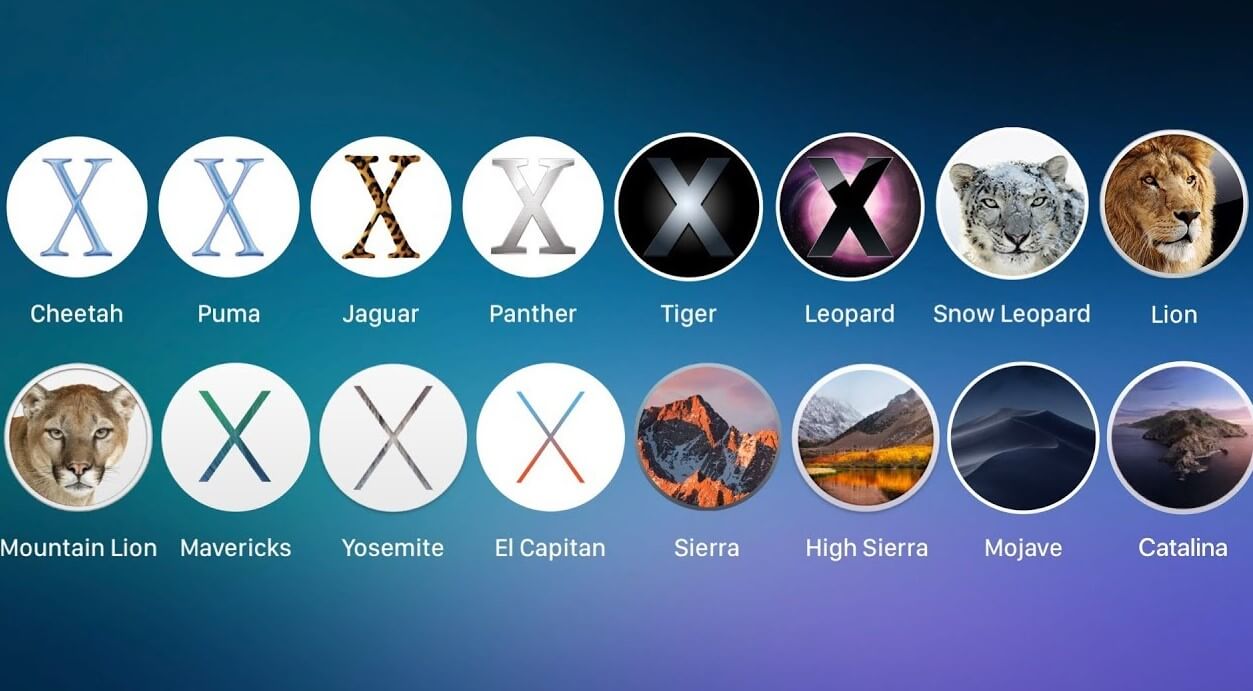macOS Versions are the operating systems that control Mac PCs. It depends on Unix and was first provided in 2001 as Macintosh operating system X 10.0 (Cheetah). From that point onward, Apple has introduced over a dozen new versions of macOS, each with its own remarkable aspects and advancements.
Here are the most remarkable macOS Versions from Cheetah to Sonoma
- macOS X 10.0 (Cheetah)
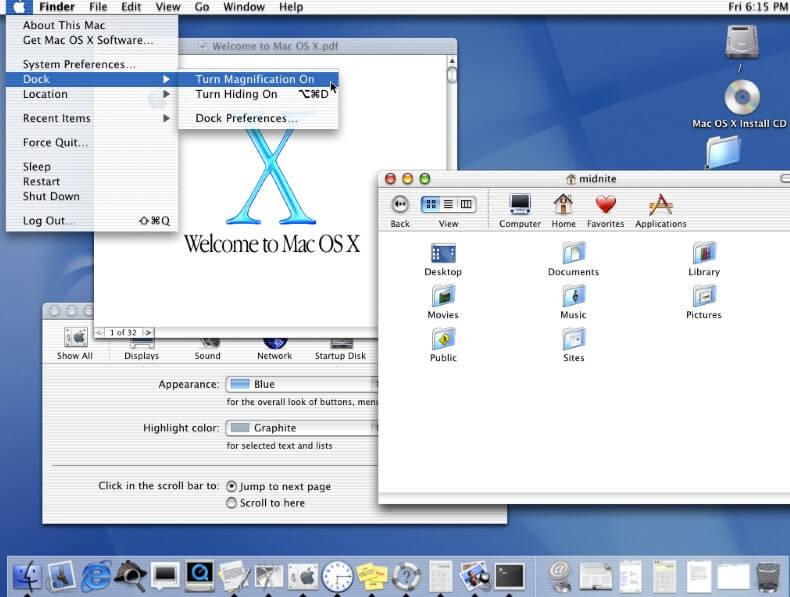
Cheetah was the major variant of macOS Versions X, and it was a considerable takeoff from the preceding Macintosh working framework, Macintosh operating system 9. Cheetah offered many new features, including a Unix-based piece, a graphical UI in view of Water, and other new programs, such as Safari, Mail, and iChat.
| Version | Release Date | System Requirements | New Features |
| Mac OS X 10.0 (Cheetah) | March 24, 2001 | PowerPC G4 or G3 processor, 128 MB RAM, 1.5 GB hard drive space | Aqua user interface, Quartz 2D graphics engine, PDF support, DVD playback, Sherlock search |
- macOS X 10.1 (Puma)
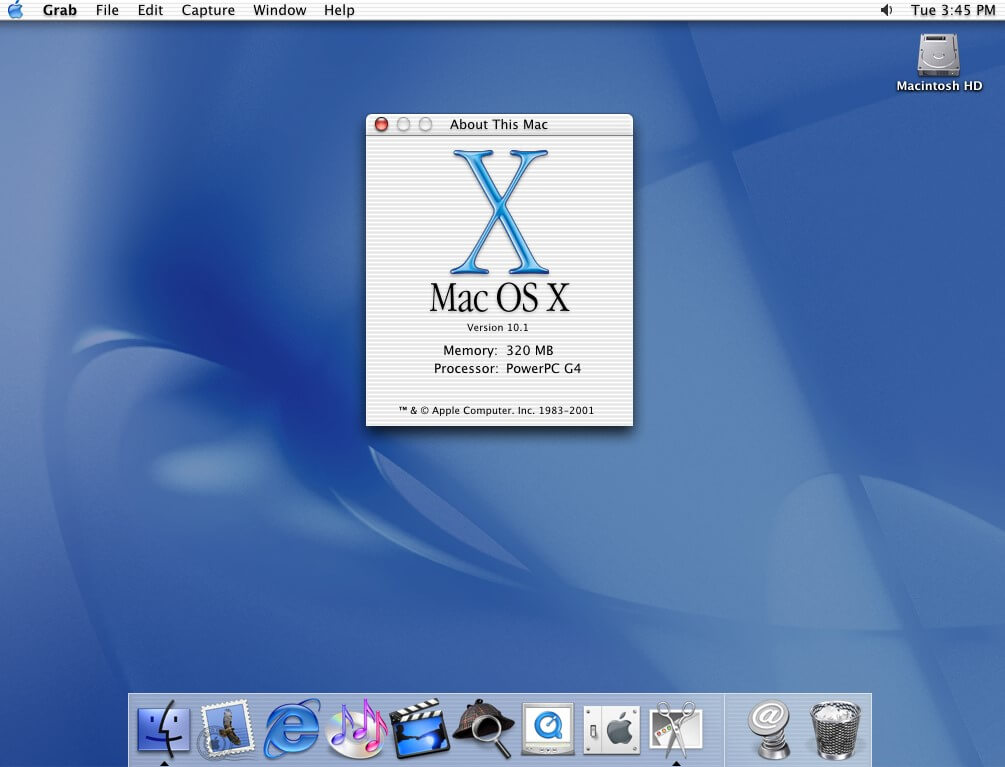
Panther was the second adaptation of Macintosh operating system X, and it centered in on working on the soundness and execution of the working framework. It likewise introduced different new elements, for example, DVD copying support, Bluetooth connectivity, and another variation of the Locator.
| Version | Release Date | System Requirements | New Features |
| Mac OS X 10.1 (Puma) | September 25, 2001 | PowerPC G4 or G3 processor, 128 MB RAM, 1.5 GB hard drive space | FileVault encryption, iChat instant messaging, DVD burning, QuickTime X |
- macOS X 10.2 (Jaguar)

Puma was the third version of Macintosh operating system X, and it represented a significant change to the working framework. It offered numerous new aspects, including Quartz Outrageous graphics, iSync for synchronizing information with handheld gadgets, and another edition of the Locater with aid for tabs.
| Version | Release Date | System Requirements | New Features |
| Mac OS X 10.2 (Jaguar) | August 24, 2002 | PowerPC G4 or G3 processor, 128 MB RAM, 1.5 GB hard drive space | Address Book, iCal calendar, Mail, Safari web browser, Rendezvous networking |
- macOS X 10.3 (Panther)
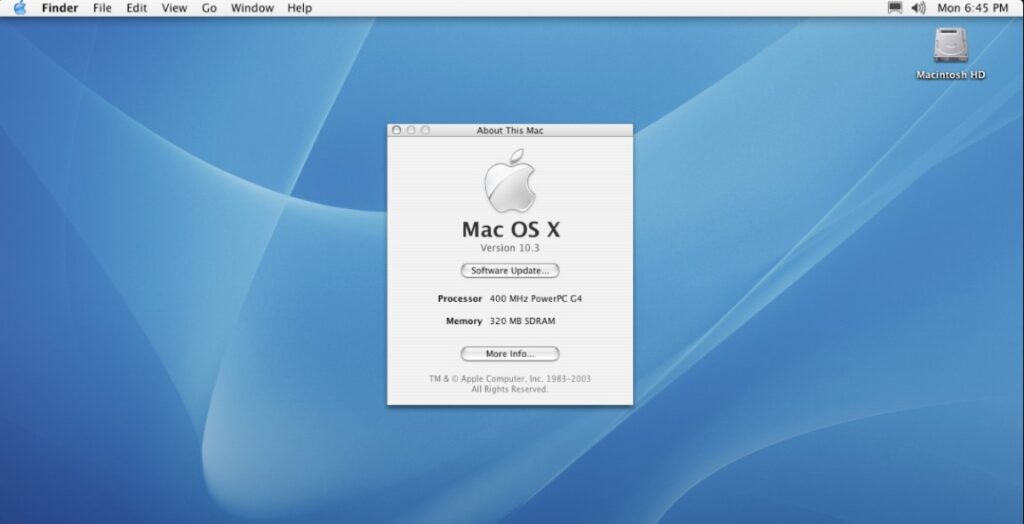
Jaguar was the fourth form of Macintosh operating system X, and it centered in on working on the simplicity of use and execution of the working framework. It likewise featured several new aspects, for example, Spotlight search, Confession, and Dashboard.
| Version | Release Date | System Requirements | New Features |
| Mac OS X 10.3 (Panther) | October 24, 2003 | PowerPC G4 or G3 processor, 128 MB RAM, 2 GB hard drive space | Dashboard widgets, Exposé window management, Spotlight search, Fast User Switching |
- macOS X 10.4 (Tiger)
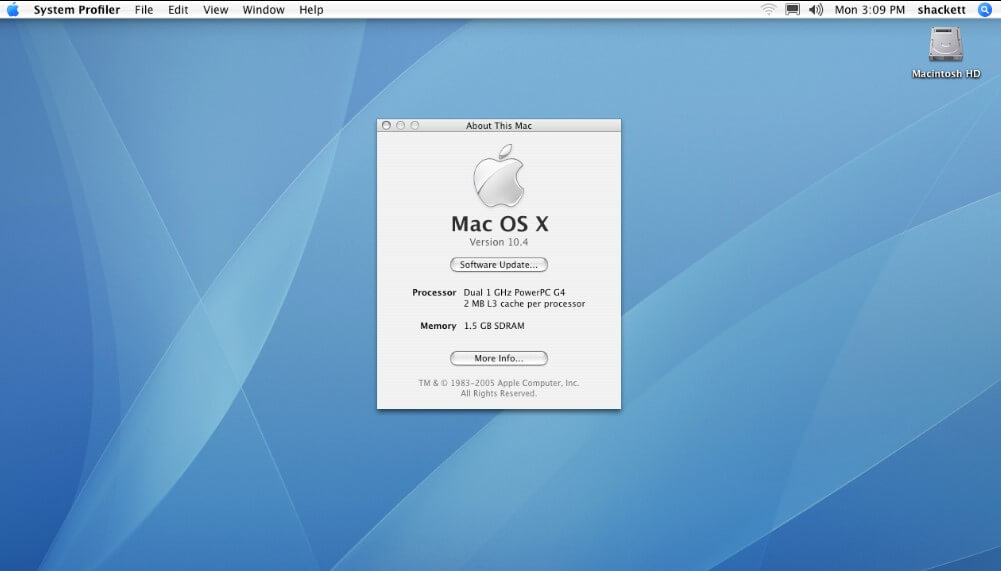
Tiger was the fifth variant of Macintosh operating system X, and it was a significant improvement to the working framework. It offered numerous new aspects, including Brilliant Envelopes, Brief glimpse, and Automator. Tiger likewise featured several updates to existing characteristics, like Safari, Mail, and iChat.
| Version | Release Date | System Requirements | New Features |
| Mac OS X 10.4 (Tiger) | April 29, 2005 | PowerPC G5 or G4 processor, 256 MB RAM, 4 GB hard drive space | Automator workflow automation, Core Image, Core Audio, Core Text, Time Machine backup, Boot Camp Windows support |
- macOS X 10.5 (Leopard)
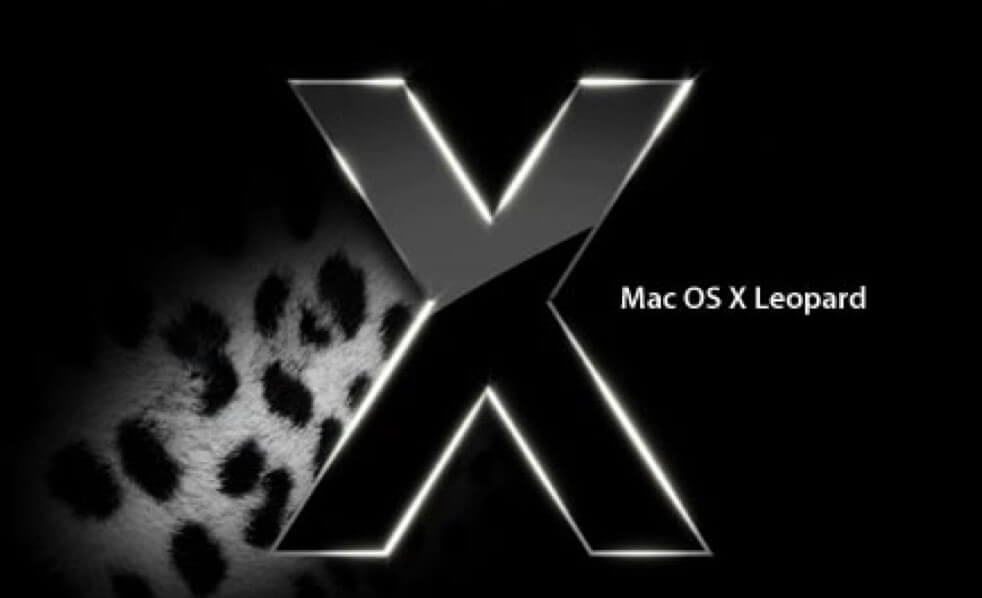
Panther was the 6th adaptation of macOS Versions X, and it focused emphasis on working on the presentation and dependability of the working framework. It likewise provided various new characteristics, for example, Spaces, Time Machine, and Training camp. Panther likewise includes significant changes to existing aspects, such Safari, Mail, and iChat.
| Version | Release Date | System Requirements | New Features |
| Mac OS X 10.5 (Leopard) | October 26, 2007 | Intel Core 2 Duo processor, 512 MB RAM, 9 GB hard drive space | Grand Central Dispatch, Quick Look file preview, Spaces virtual desktops, Time Capsule backup, Boot Camp Windows support |
- macOS X 10.6 (Snow Leopard)
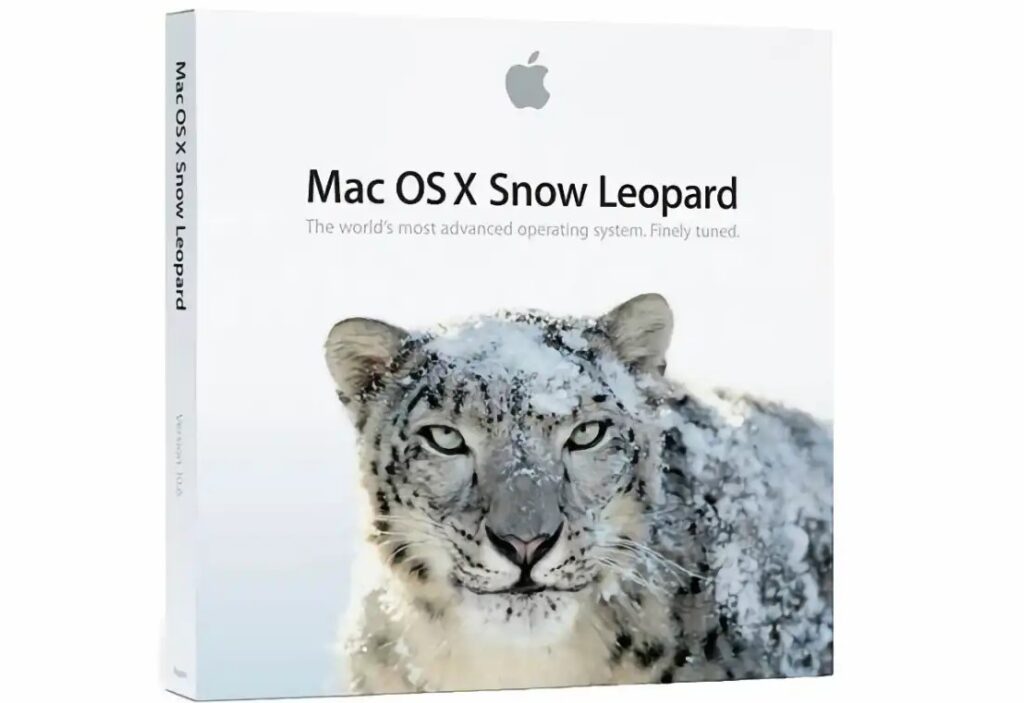
Snow Panther was the eighth rendition of the Macintosh operating system X, and it concentrated in on working on the exhibition and productivity of the working framework. It likewise featured numerous new aspects, for example, QuickTime X, the Application Store, and Multi-Contact support for trackpads. Snow Panther likewise featured numerous changes to existing features, like Safari, Mail, and iChat.
| Version | Release Date | System Requirements | New Features |
| Mac OS X 10.6 (Snow Leopard) | August 28, 2009 | Intel Core 2 Duo processor, 1 GB RAM, 7 GB hard drive space | Grand Central Dispatch, Quick Look file preview, Spaces virtual desktops, Time Capsule backup, Boot Camp Windows support |
- macOS X 10.7 (Lion)
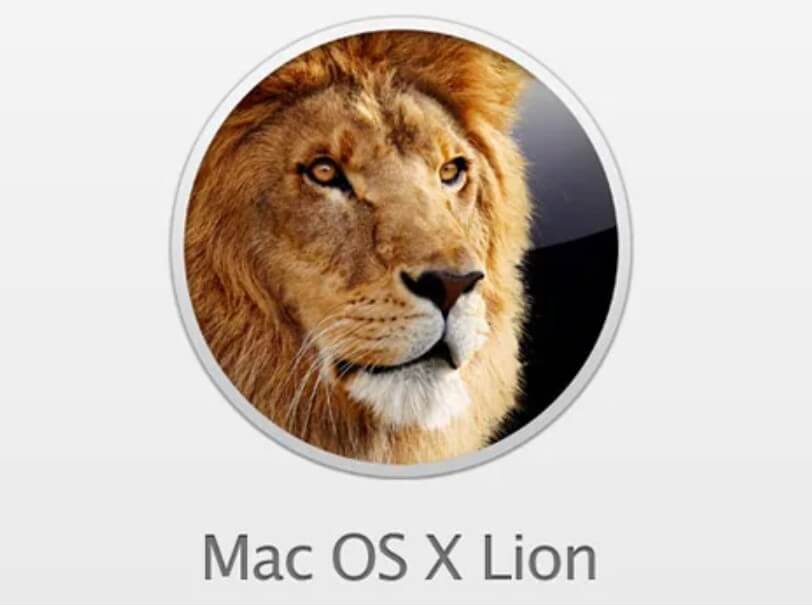
Lion was the ninth key arrival of macOS Versions X, and it featured numerous new aspects, including Mission Control, Platform, and the Macintosh Application Store. Lion likewise integrated different updates to existing features, like Safari, Mail, and iChat.
| Version | Release Date | System Requirements | New Features |
| OS X 10.7 (Lion) | July 20, 2011 | Intel Core 2 Duo processor, 4 GB RAM, 7 GB hard drive space | Mac App Store, Launchpad, Mission Control, AirDrop file sharing, iCloud |
- macOS X 10.8 (Mountain Lion)
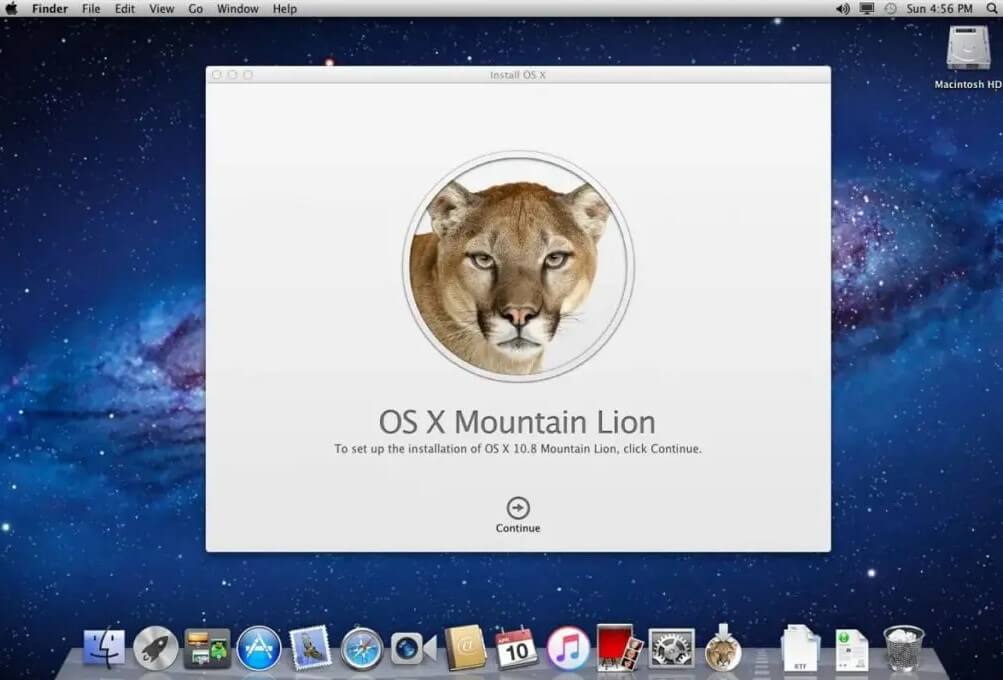
Mountain Lion was the 10th key arrival of macOS Versions X, and it provided several new highlights, including iCloud inclusion, Warning Center, and Power Rest. Mountain Lion also integrated different updates to existing characteristics, like Safari, Mail, and iChat.
| Version | Release Date | System Requirements | New Features |
| OS X 10.8 (Mountain Lion) | July 25, 2012 | Intel Core 2 Duo processor, 2 GB RAM, 8 GB hard drive space | Messages app, Notification Center, Gatekeeper sandboxing, Dictation, Power Nap |
- macOS X 10.9 (Mavericks)
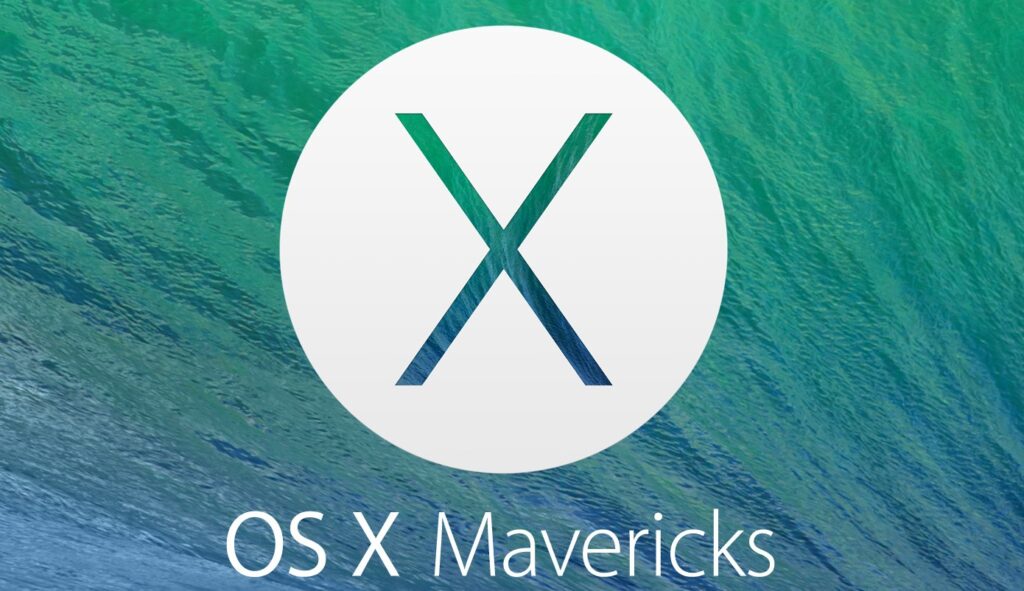
Battery Saver: Dissidents supplied additional Battery Saver setting that assisted with extending the battery duration of MacBooks.
iCloud Keychain: Nonconformists presented iCloud Keychain, a secret key director that stores your passwords safely across all of your Apple equipment.
Maps: Free thinkers featured another Guides application that was controlled by Apple’s own planning knowledge.
| Version | Release Date | System Requirements | New Features |
| OS X 10.9 (Mavericks) | October 22, 2013 | Intel Core 2 Duo processor, 2 GB RAM, 8 GB hard drive space | Compressed Memory, iCloud Keychain, iCloud Drive, Maps app, iBooks for Mac |
- Macintosh operating system X 10.10 (Yosemite)
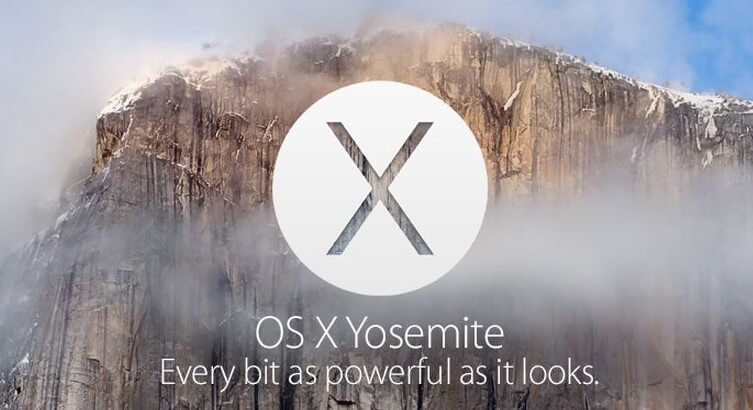
Yosemite redesign: Yosemite introduced another plan for macOS Versions that was more modern and easy to understand.
Continuity: Yosemite featured Congruity, which let you to consistently transition between your Macintosh and other Mac gadgets, such your iPhone and iPad.
Dark Mode: Yosemite brought Dim Mode, another visual theme that made macOS Versions more obscure and simpler on the eyes.
| Version | Release Date | System Requirements | New Features |
| OS X 10.10 (Yosemite) | October 16, 2014 | Intel Core 2 Duo processor, 2 GB RAM, 8 GB hard drive space | Dark Mode, Yosemite user interface, Continuity, Handoff, Instant Hotspot |
- macOS X 10.11 (El Capitan)
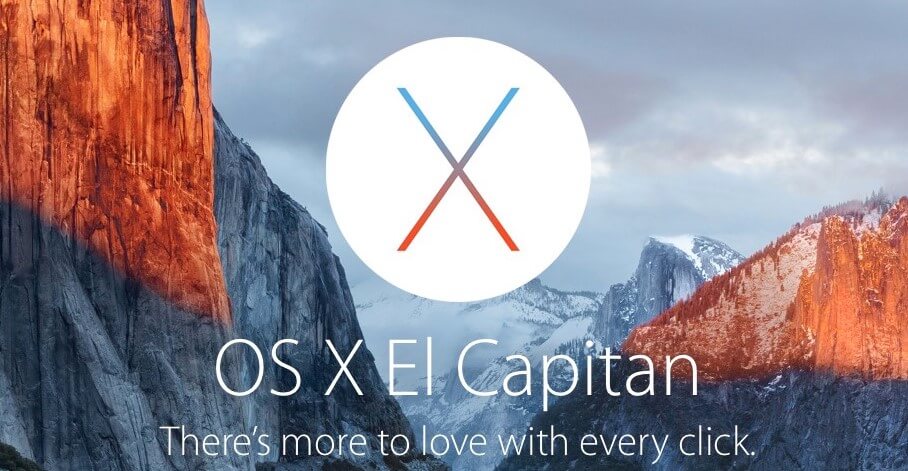
Performance improvements: El Capitan featured significant execution upgrades that made macOS Versions speedier and more responsive.
Metal: El Capitan presented Metal, another Graphical Programming interface that made macOS games all the more astonishing and effective.
Notes: El Capitan provided another Notes application that was more stunning and customizable than the preceding Notes application.
| Version | Release Date | System Requirements | New Features |
| OS X 10.11 (El Capitan) | September 30, 2015 | Intel Core 2 Duo processor, 4 GB RAM, 8 GB hard drive space | Metal graphics engine, Split View, Mission Control enhancements, Notes app enhancements, Safari app enhancements |
- macOS 10.12 Sierra

Siri on Macintosh: Sierra acquainted Siri with the Macintosh, letting clients to control their PC with voice orders.
Universal Clipboard: Sierra provided General Clipboard, which let clients to reorganize mail and photographs between their Macintosh and other Apple products.
Apple Pay on the web: Sierra featured Apple Pay Online, which let clients to make secure installments on sites utilizing their Macintosh’s Touch ID sensor.
| Version | Release Date | System Requirements | New Features |
| macOS 10.12 (Sierra) | September 20, 2016 | Intel Core 2 Duo processor, 4 GB RAM, 8 GB hard drive space | Siri on Mac, Universal Clipboard, Apple Pay on the web, Auto Unlock, Night Shift |
- macOS 10.13 High Sierra
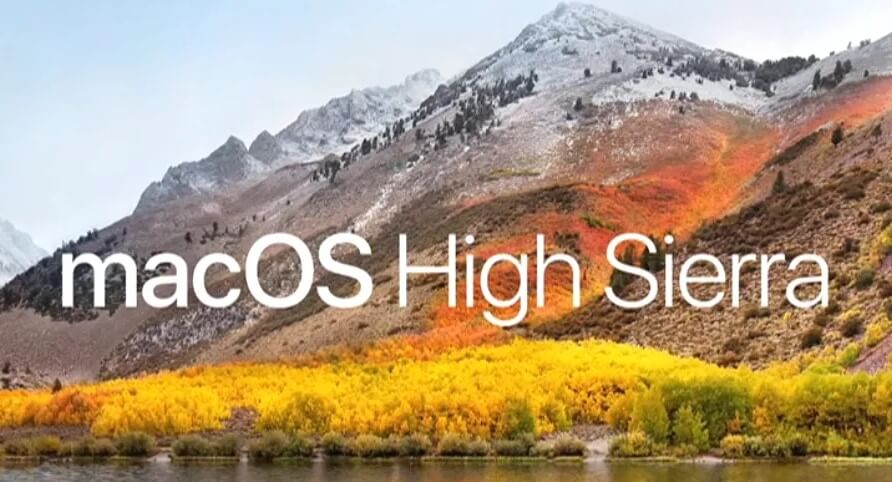
Metal 2: High Sierra presented Metal 2, another kind of Apple’s innovative Programming interface that made games all the more astonishing and productive.
HEVC support: High Sierra supplied help for the HEVC video codec, which let clients to witness high-goal records with more modest document sizes.
iCloud Drive sharing: High Sierra makes it simpler to convey records from iCloud Drive to other people.
| Version | Release Date | System Requirements | New Features |
| macOS 10.13 (High Sierra) | September 25, 2017 | Intel Core 2 Duo processor, 4 GB RAM, 8 GB hard drive space | High Efficiency Video Coding (HEVC), High Efficiency Image File Format (HEIF), Metal 2 graphics engine, iCloud Photos Sharing, Universal Autofill |
- macOS 10.14 Mojave
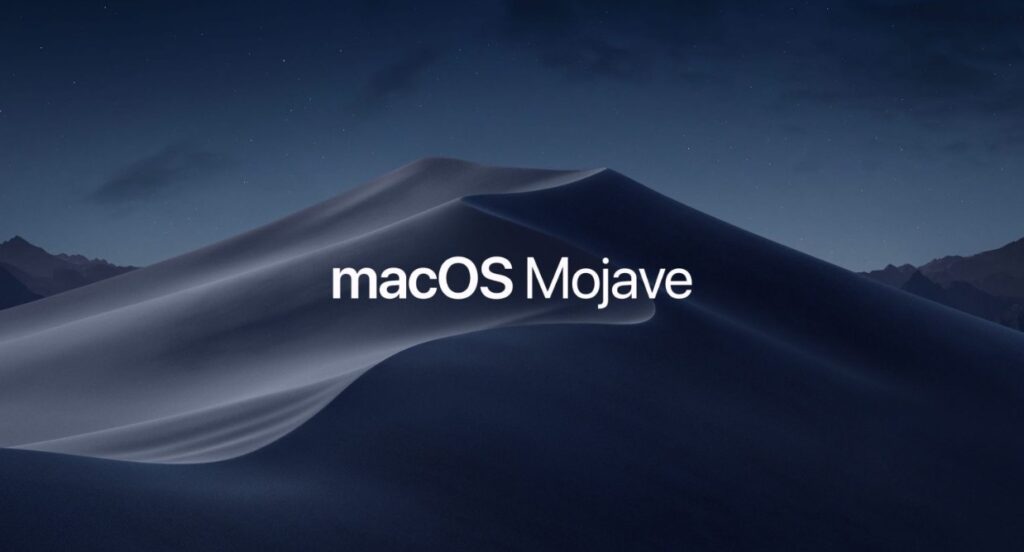
Dark Mode: Mojave presented another framework wide Dim Mode that made macOS Versions more straightforward on the eyes around evening time.
Stacks: Mojave presented Stacks, a superior technique to arrange your documents on your work space.
Continuity Camera: Mojave presented Congruity Camera, which permitted you to involve your iPhone as a webcam for your Macintosh.
| Version | Release Date | System Requirements | New Features |
| macOS 10.14 (Mojave) | September 24, 2018 | Intel Core 2 Duo processor, 2 GB RAM, 128 GB SSD storage | Dark Mode, Dynamic Desktop, Mojave user interface, Stacks, FaceTime Group Calling, Screen Time |
- macOS 10.15 Catalina
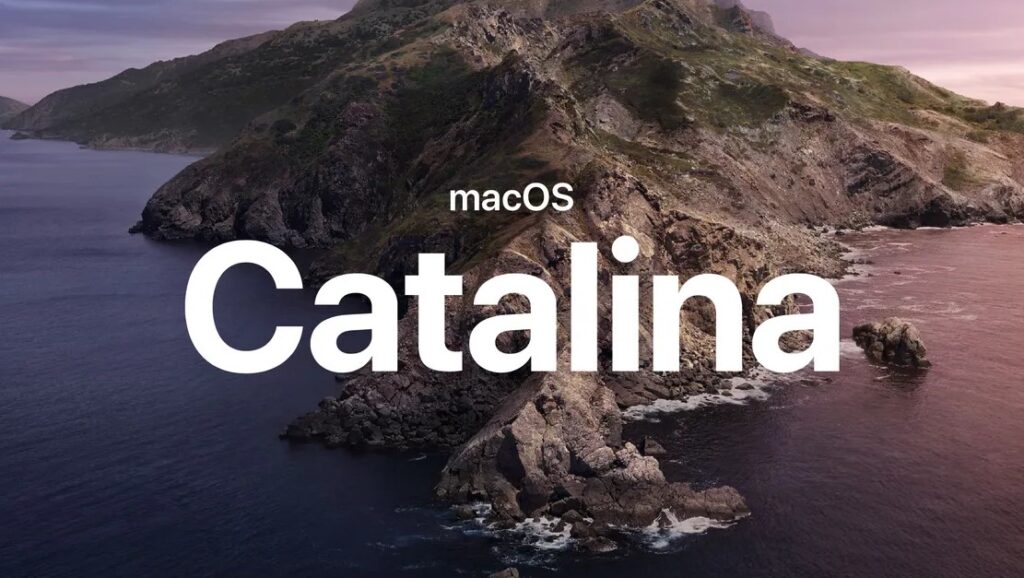
Sidecar: Catalina featured Sidecar, which let you to use your iPad as a second showcase for your Macintosh.
Apple Arcade: Catalina presented Apple Arcade, a membership gaming administration with north of 100 games accessible to play.
Screen usage: Catalina launched Screen Time, a tool that helped you track and manage with your screen usage.
| Version | Release Date | System Requirements | New Features |
| macOS 10.15 (Catalina) | October 7, 2019 | Intel Core 2 Duo processor, 4 GB RAM, 15 GB SSD storage | Sidecar, Catalyst apps, Screen Time improvements, Apple Music, Apple TV+, and Apple Arcade apps |
- macOS 11 Big Sur
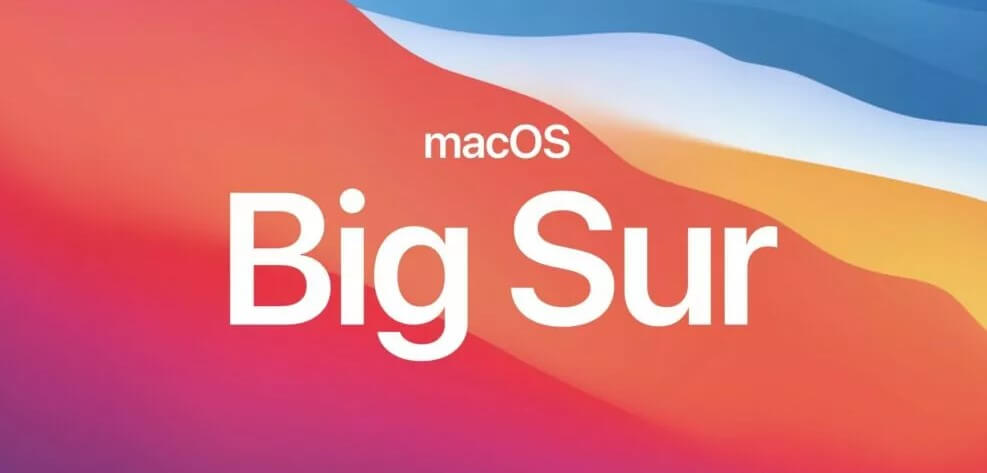
New design: Huge Sur provided another idea for macOS Versions that was more modern and easy to grasp.
Control Center: Huge Sur provided Control Place, another sheet that gave you rapid admittance to usually employed settings and controls.
Safari enhancements: Huge Sur included several modifications to Safari, for example, another beginning page and tab plan, and implicit interpretation.
| Version | Release Date | System Requirements | New Features |
| macOS 11 (Big Sur) | November 12, 2020 | Intel Core 2 Duo processor, 4 GB RAM, 26 GB SSD storage | Big Sur user interface, Control Center, Notification Center redesign, Safari app redesign, Messages app enhancements |
- macOS 12 Monterey

Shortcuts: Monterey acquainted Alternate ways with the Macintosh, permitting clients to robotize undertakings with custom orders.
Focus mode: Monterey presented Center mode, which supported clients with maintaining focussed on their task by shutting out disturbances.
Universal Control: Monterey provided Widespread Control, which let you to control several Macintoshes and iPads with a solitary mouse and console.
| Version | Release Date | System Requirements | New Features |
| macOS 12 (Monterey) | October 25, 2021 | Intel Core 2 Duo processor, 4 GB RAM, 20 GB SSD storage | Shortcuts app, Focus mode, Live Text, Universal Control, SharePlay |
- macOS 13 Ventura

Stage Manager: Ventura supplied Stage Chief, another component that supported you with zeroing in on your task through automatically putting together your windows and programs.
Passkeys: Ventura presented passkeys, another form of secret key that is safer and more easier to use than ordinary passwords.
Continuity Camera improvements: Ventura integrated many enhancements to Congruity Camera, for example, Middle of Everyone’s attention and Studio Light.
| Version | Release Date | System Requirements | New Features |
| macOS 13 (Ventura) | October 24, 2022 | Intel Core 2 Duo processor, 4 GB RAM, 20 GB SSD storage | Stage Manager, Continuity Camera, Passkeys, Mail enhancements, Safari enhancements |
- macOS 14 Sonoma
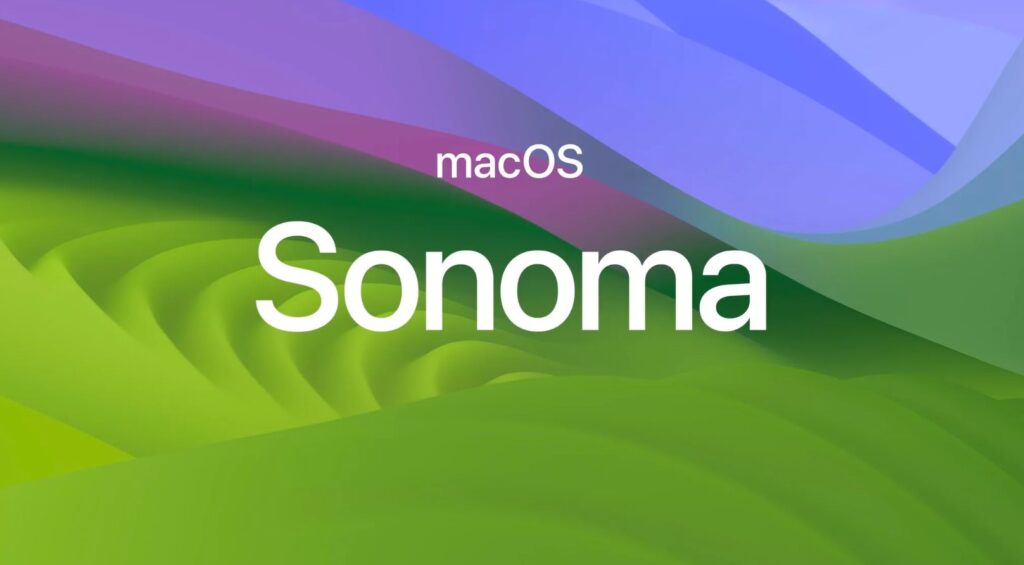
Sonoma is at present under beta testing, and its release date is normal in October 2023. It is too soon to get out whatever new elements Sonoma will feature, however, it is undoubtedly going to incorporate different execution upgrades and bug fixes.
Here is a detailed look at the key features of each macOS versions:
Mac OS X 10.0 (Cheetah)
- Aqua user interface
- Unix-based kernel
- Safari web browser
- Mail email client
- iChat instant messaging client
Mac OS X 10.1 (Puma)
- DVD burning support
- Bluetooth support
- A new version of Finder with tabs
Mac OS X 10.2 (Jaguar)
- Quartz Extreme graphics
- iSync for syncing data with handheld devices
- A new version of Finder with support for columns
Mac OS X 10.3 (Panther)
- Spotlight search
- Exposé
- Dashboard
Mac OS X 10.4 (Tiger)
- Smart Folders
- Quick Look
- Automator
Mac OS X 10.5 (Leopard)
- Spaces
- Time Machine
- Boot Camp
Mac OS X 10.6 (Snow Leopard)
- QuickTime X
- App Store
- Multi-touch support for trackpads
OS X 10.7 (Lion)
- Mission Control
- Launchpad
- Mac App Store
OS X 10.8 (Mountain Lion)
- iCloud integration
- Notification Center
- Power Nap
OS X 10.9 (Mavericks)
- Battery Saver
- iCloud Keychain
- Maps app
OS X 10.10 (Yosemite)
- New design
- Continuity
- Dark Mode
OS X 10.11 (El Capitan)
- Performance improvement
- Metal graphics API
- New Notes app
macOS 10.12 (Sierra)
- Siri on Mac
- Universal Clipboard
- Apple Pay on the Web
macOS 10.13 (High Sierra)
- Metal 2 graphics API
- HEVC video codec support
- iCloud Drive sharing
macOS 10.14 (Mojave)
- Dark Mode
- Stacks
- Continuity Camera
macOS 10.15 (Catalina)
- Sidecar
- Apple Arcade
- Screen Time
macOS 11 (Big Sur)
- New design
- Control Center
- Safari improvements
macOS 12 (Monterey)
- Shortcuts
- Focus mode
- Universal Control
macOS 13 (Ventura)
- Stage Manager
- Passkeys
- Continuity Camera improvements
macOS 14 (Sonoma)
- To be released in October 2023
- Features still unknown
These are just a few of the key features of macOS versions. macOS has come a long way since Cheetah, and it is now one of the world’s most powerful and user-friendly operating systems.
Conclusion:
All in all, the growth of macOS forms has been a significant expedition, covering north of twenty years of development and refinement. From the beginning of Macintosh operating system X 10.0 Cheetah to the upcoming release of macOS 14 Sonoma, Apple has reliably tried to improve the client experience and deliver state of the art highlights.
All macOS versions have introduced major adjustments and upgrades to the Macintosh operating framework. We’ve seen the progress from the exemplary Macintosh operating system 9 to the Unix-based underpinning of Macintosh operating system X, the presentation of notable elements like Spotlight, Time Machine, Siri, and Dark Mode, and the incorporation of get gadget usefulness through advances like Congruity and All inclusive Control.
As we look forward to the planned introduction of macOS 14 Sonoma, we may anticipate further tweaks, execution enhancements, and maybe creative highlights that will keep on defining the future fate of Macintosh figuring. Apple’s responsibility to pushing the bounds of what’s doable with each new macOS variant ensures that Macintosh clients may always anticipate a more competent and easy to use insight.
The excursion from Cheetah to Sonoma highlights the evolution of Apple’s macOS as well as the getting through commitment to communicating magnificence in programming, providing clients a powerful and consistent figuring climate.
Summary:
The article presents a far reaching account of the development of macOS versions, commencing from its fundamental distribution as Macintosh operating system X 10.0 (Cheetah) in 2001 to the upcoming macOS 14 Sonoma, due in October 2023. It incorporates the critical successes and highlights offered in each major macOS release, showing Apple’s responsibility to improving the Macintosh working framework over the long term.
Starting with Cheetah, the main rendition of Macintosh operating system X, which denoted a takeoff from the past Macintosh operating system 9, the article follows the movement through Puma, Jaguar, Panther, Tiger, Leopard, Snow Leopard, and Lion, each carrying remarkable elements and enhancements to the stage. Ensuing variants like Mountain Lion, Mavericks, Yosemite, El Capitan, Sierra, High Sierra, Mojave, Catalina, Big Sur, and Monterey proceeded to polish and advance the macOS experience with highlights like Siri, Dark Mode, Congruity, and execution advancements.
The essay wraps up by noting the future macOS 14 Sonoma, right now in beta testing, with assumptions for additional presentation upgrades and bug fixes, however unequivocal elements have still to be validated.
